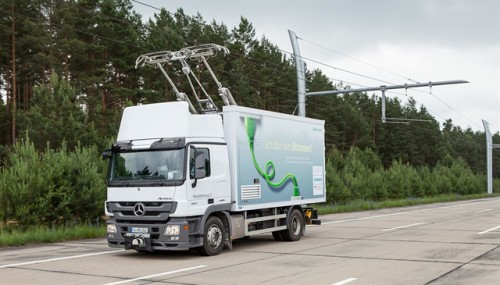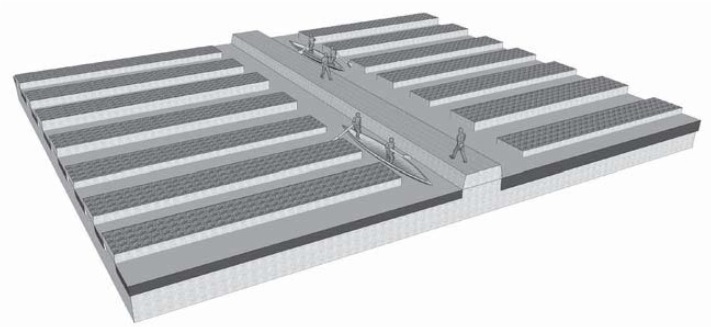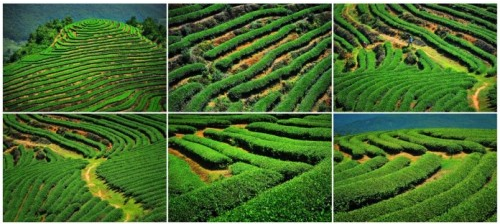 “A project testing a new way to power trucks with electricity is moving forward along selected highway lanes near the Ports of Los Angeles and Long Beach.”
“A project testing a new way to power trucks with electricity is moving forward along selected highway lanes near the Ports of Los Angeles and Long Beach.”
“The South Coast Air Quality Management District, which is the air pollution control agency for all of Orange County and the urban portions of Los Angeles, Riverside and San Bernardino counties, has selected a company to install a catenary system.”
“This is essentially overhead electrical lines that supply trucks with electric power, similar to how modern day trolleys or streetcars are powered on many city streets.”
Read more: Truck Electrification System to be Tested at Ports of Los Angeles, Long Beach. Thanks to Paul Best.
Previously:










